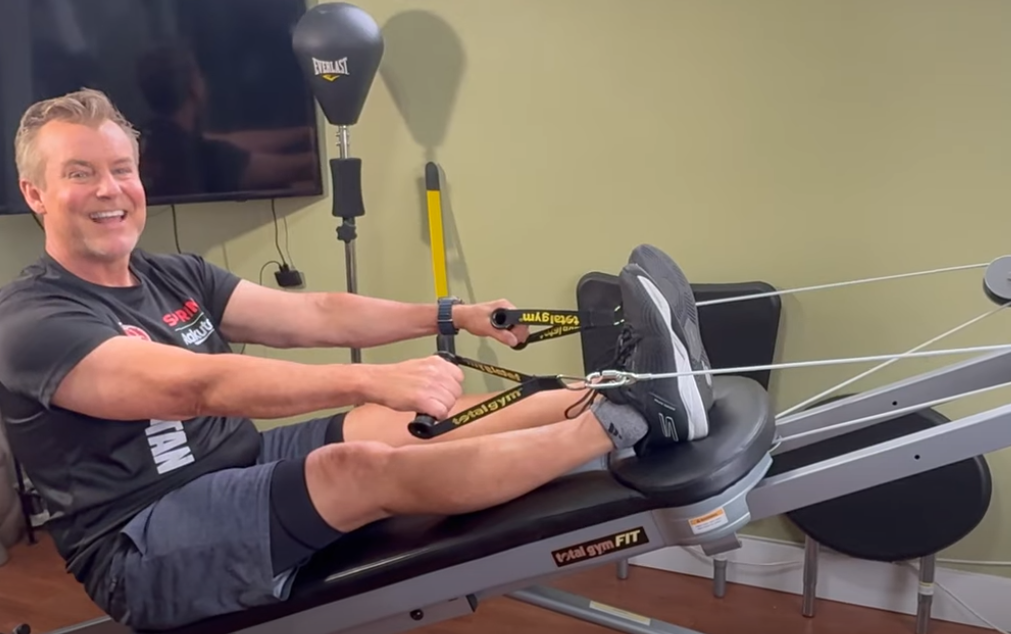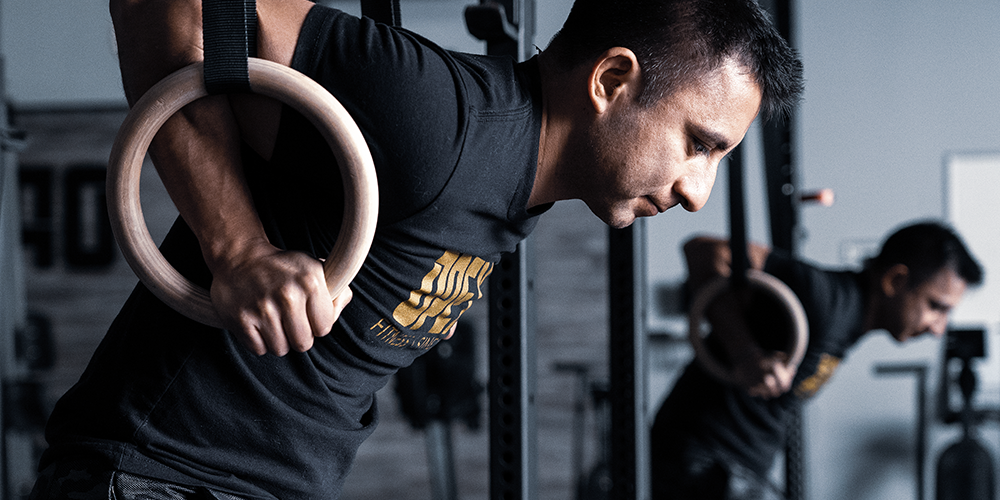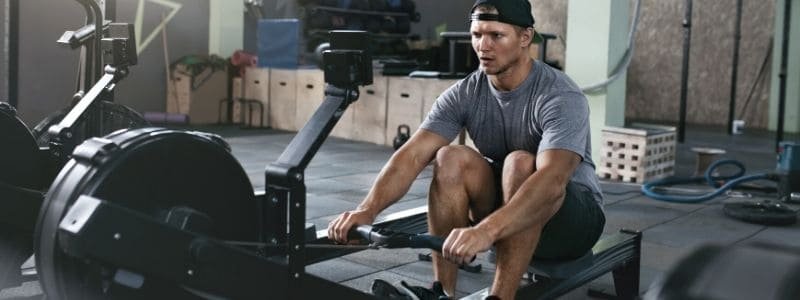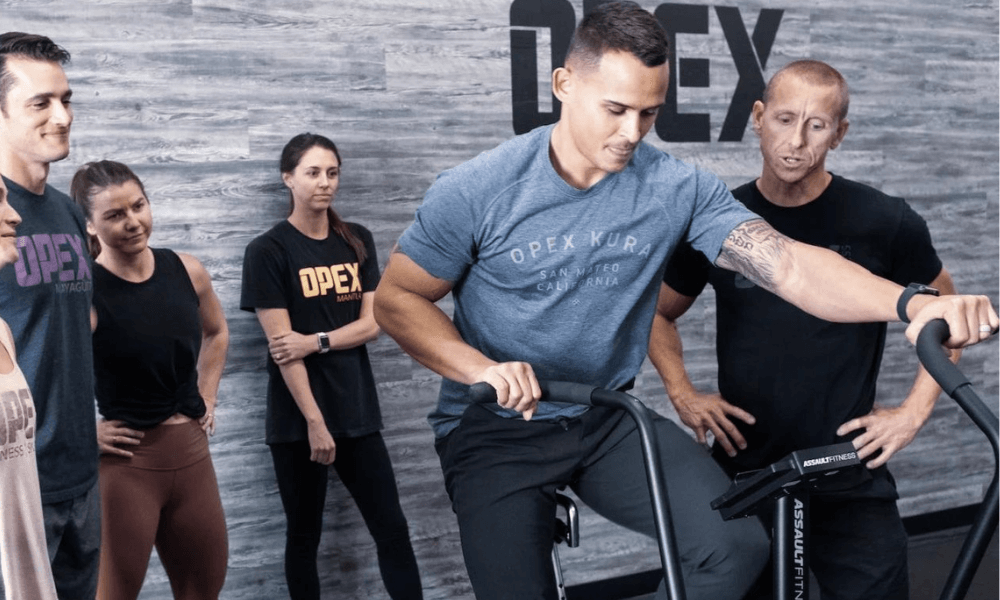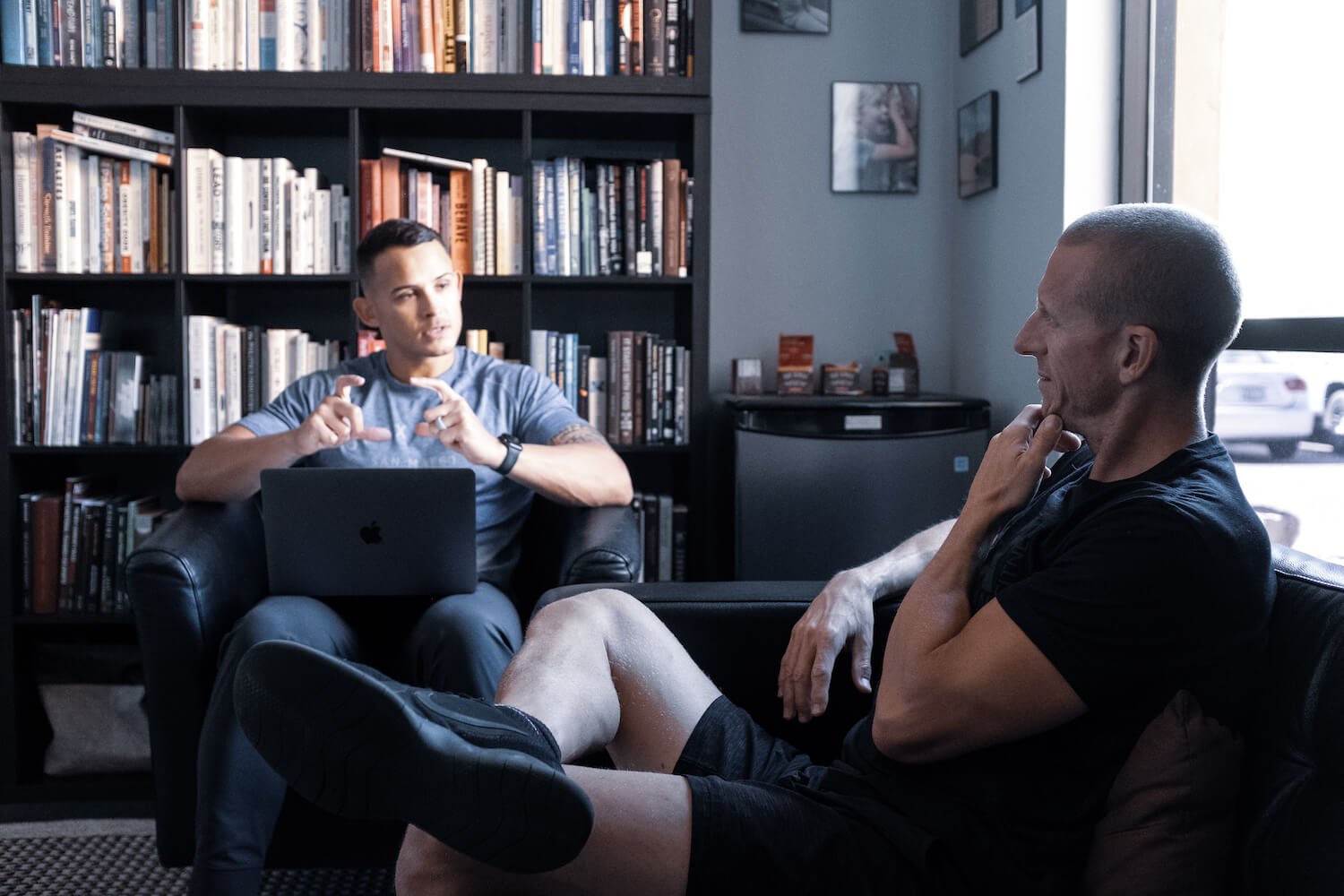In the ever-evolving realm of fitness coaching, an enduring debate revolves around 1:1 training versus group workouts. Over the past decade, my perspective has swayed towards personalized approaches after managing a number of fitness facilities, both group and individual design. These experiences have fortified my belief in the efficacy of individual design coaching. While there’s no universal remedy, I’ll share insights molded by my distinct experiences, viewpoints, and my vision of success in this field.
The words of renowned economist Thomas Sowell resonate: “There are no solutions, there are only trade-offs; and you try to get the best trade-off you can get, that’s all you can hope for.” This quote encapsulates the delicate balance between individual design and group coaching, with the choice often depending on specific contexts.
Exploring Two Approaches: Individual Design vs. Group Coaching
Let’s delve into the disparities between these two coaching modalities, taking into account both the coach and client standpoints. Relying on my personal experiences, insights garnered from instructing countless coaches, and the body of knowledge within the industry, we’ll lay out the pros and cons of each model.
The Pros of Individual Design
Individual design coaching, is a model that tailors training to suit a client’s distinctive capabilities, goals, and lifestyle. It encompasses not solely exercise regimens, but also nutrition, behavioral adjustments, and lifestyle enhancements, offering a holistic approach to fitness.
From the coach’s vantage point, individual design provides numerous compelling advantages. They enable the establishment of strong coach-client relationships, built on trust. This deep connection allows coaches to gain deep insights into clients’ motivations, fears, values, goals, and aspirations. By understanding these factors, coaches can create fitness plans customized for each client’s unique situation, that ultimately lead to better results for the client.
Additionally, individual design allows coaches to align fitness with clients’ core values, making the fitness journey purposeful and motivating. For instance, if a client highly values family time, a coach can emphasize how improved fitness can enhance their ability to engage in family activities. This alignment of fitness with personal values enriches the coaching experience.
From a financial perspective, this personalized approach empowers coaches to charge higher fees for their services, reflecting the personalized attention and expertise involved. This not only ensures a sustainable career in fitness coaching but also breaks away from the traditional personal training model that relies on one-on-one sessions for each client.
The Cons of Individual Design
Nonetheless, individual design may not resonate with every coach. Some may not be interested in investing time in building strong client relationships, making this model less appealing to them. Additionally, there’s the risk of overdoing personalization, where coaches feel compelled to excessively customize their services, potentially deviating from established fitness principles and introducing inefficiencies.
The Pros of Group Fitness
Conversely, group coaching involves instructing multiple clients concurrently, frequently in a group class setup, fostering a communal spirit and mutual support that many clients find enticing.
From a coach’s perspective, group coaching presents the prospect of cultivating a supportive community environment capable of inspiring and motivating clients. Coaches can leverage this dynamic to stimulate healthy competition and collective accountability. It’s also an efficient use of time, allowing coaches to oversee multiple clients in a single session.
The Cons of Group Fitness
However, group coaching isn’t without its drawbacks for coaches. It frequently restricts income potential because of its cost-effectiveness for clients, possibly necessitating the management of larger classes or multiple sessions to secure sustainable earnings. This can sometimes lead to pricing competition and feelings of burnout. Additionally, in large group settings, coaches may struggle to provide personalized attention, potentially reducing their role to that of a motivator rather than a guide. It can also pose challenges in retaining clients who may feel their individual needs are not being met.
Making the Right Choice for Your Vision of Success
For clients, group coaching offers the benefit of a supportive community that can motivate them to stay engaged in their fitness journey. It’s also typically more affordable than individual design coaching.
However, group training programs often cater to the average fitness level of the group, potentially neglecting individual needs. Moreover, group coaching relies heavily on motivation, which can fluctuate, potentially leading to burnout from high-intensity, unsustainable workouts.
In conclusion, the choice between individual design and group coaching presents distinct advantages and challenges for both coaches and clients. The decision should align with clients’ needs and goals, complement your coaching style, and fit the business model you want to operate. As coaches, our mission remains consistent: to guide clients on their fitness journeys in the most effective, sustainable way possible, tailored to their unique needs and preferences.
To learn more about the OPEX individual design coaching model, I recommend taking our Free Coaching Course. Click here to sign up.





